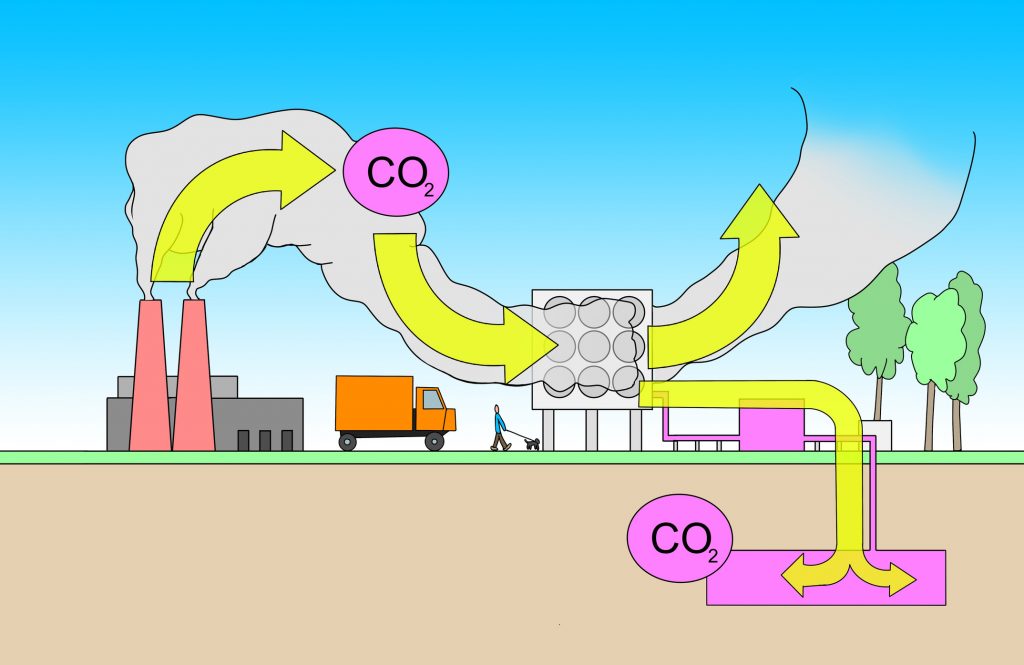The Ohio Valley is an Emerging Hub for Carbon Capture and Hydrogen Generation
Share
The AFL-CIO gathered policy experts and political leaders to talk about seizing a new clean energy opportunity that could also create a whole lot of good, union jobs.
The AFL-CIO held a digital workshop on Monday with a panel of political leaders and policy experts to discuss hydrogen production and carbon capture and sequestration.
Moderated by former U.S. Energy Secretary Ernest Moniz, the workshop featured interviews with Sens. Joe Manchin (D-W.Va.), and Sherrod Brown (D-Ohio) alongside White House National Climate Adviser Gina McCarthy and a panel of other experts from around the world. Throughout the workshop, the panelists looked at data and policy proposals to outline the opportunity for the deployment of carbon capture and sequestration and the generation of hydrogen to use for clean energy.
Particularly, the panelists emphasized investing in the Ohio River Valley, a region that was once dominated by coal and manufacturing, which has since declined.
“We know [Ohio] has perhaps the proudest history and the best manufacturing talent in the country,” Brown said. “We have the history, the workers, the passion, the innovation, we certainly have the physical capital, the factories, the space ready to be retooled or retrofitted. We just need investment.”
Carbon capture and sequestration (CCS) works by capturing carbon dioxide from facilities that emit it, and then transporting it to a facility that will store and reuse the carbon dioxide in an environmentally beneficial way. CCS also allows for the production of hydrogen from coal and natural gas without causing major emissions as the carbon dioxide that would otherwise contribute to global warming is captured instead.
Hydrogen is important because it can be used as a fuel or energy carrier, and is widely expected to be a clean fuel for the future to power planes and boats in lieu of gasoline. The only thing that hydrogen produces as a byproduct is water unlike other fuels that produce greenhouse gasses, making it a clean energy alternative.

Hydrogen production and CCS is only effective, however, when done in large volumes, which is a challenge, as many small manufacturers who would be inclined to adopt CCS technology could not do so economically on their own. That is why the panelists advocated for the creation of a hub, a central collection and distribution point for carbon dioxide.
As a potential location for a CCS hub, the Ohio River Valley is perfect, according to many of the experts at the event. It has a great deal of manufacturing present to emit the needed carbon dioxide, and it’s all within enough proximity to allow CCS to occur at a scale that is economically viable. This will allow CCS operations to get started and create new jobs generating the fuel for a clean economy.
“I want to make sure that folks out there understand that this is all about how we move forward in these hubs, to demonstrate the capacity we have as the United States… with these technologies in a way that makes sense to these communities…invests in these communities that have been left behind [and] reinvigorates our manufacturing sector,” McCarthy said. “We want to suck back all those supply chains that we’ve given away, reinvigorate using these new technologies as a way of moving forward, and reinvigorating our manufacturing sector again and investing in the kind of clean hydrogen that we need to move our larger vehicles together and real with those transportation impacts.”
“Reinvigorate” might have been McCarthy’s word of the day today, but she’s exactly right that we need to ensure America is a leader in developing and deploying CCS and hydrogen generating technology. The European Union, United Kingdom and others have all begun investing heavily in this sector. The US cannot afford to fall behind; it’s a matter of ensuring we have clean energy jobs here, and are capable of reducing the emissions of our manufacturing sector in a way that builds up new opportunities for workers.
